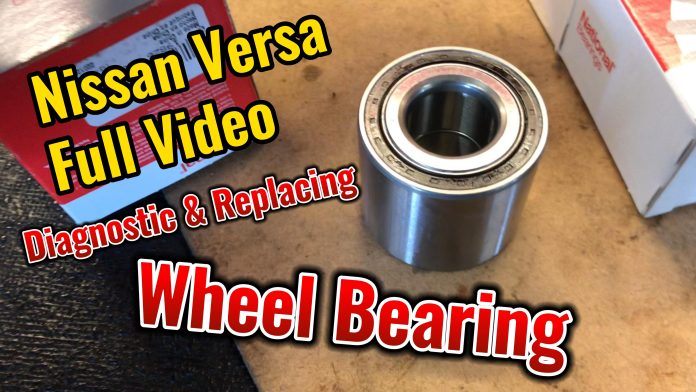The Nissan Versa is a compact car that has been around for many years. It is a popular car for many people, especially those who are looking for a reliable, affordable car that gets good gas mileage. However, like all cars, the Nissan Versa can develop problems over time, and one of the most common problems is a bad rear wheel bearing. In this blog, we will discuss how to diagnose and replace a bad rear wheel bearing on your Nissan Versa.
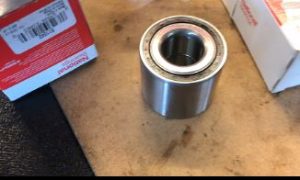
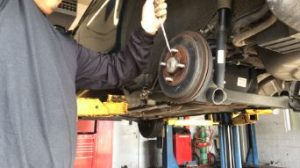
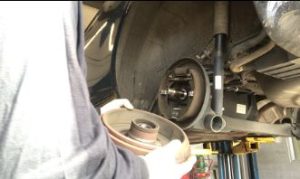
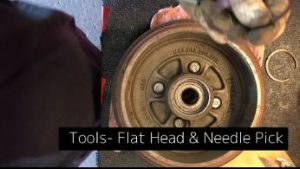
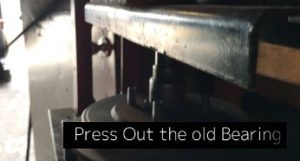
Diagnosing a Bad Rear Wheel Bearing
Before you can replace a bad rear wheel bearing, you need to know if you actually have one. There are a few signs that you can look for to determine if you have a bad rear wheel bearing:
- Noisy wheel: If you hear a grinding, growling or humming sound coming from your wheel when you’re driving, it could be a sign of a bad wheel bearing. This sound will usually get louder as you go faster.
- Vibration: If you feel a vibration in your steering wheel or floorboard when you’re driving, it could also be a sign of a bad wheel bearing. This vibration will usually get worse as you go faster.
- Loose wheel: If you can move your wheel from side to side, it could be a sign of a bad wheel bearing. If you have a bad wheel bearing, it can cause the wheel to become loose and move around more than it should.
If you suspect that you have a bad rear wheel bearing, it’s best to get it inspected by a mechanic as soon as possible. They will be able to tell you for sure if you have a bad wheel bearing and what needs to be done to fix it.
Quick Tips – Video How To Replace Rear Wheel Bearing!
Replacing a Bad Rear Wheel Bearing
Once you have confirmed that you have a bad rear wheel bearing, it’s time to replace it. This is a job that can be done at home with the right tools, but it is a bit complicated, so it’s best to have some mechanical experience before attempting it. Here are the steps to replace a bad rear wheel bearing on your Nissan Versa:
- Raise the car: You’ll need to raise the car off the ground so you can access the wheel and the wheel bearing. You can use a jack and jack stands or a hydraulic lift if you have access to one.
- Remove the tire: Once the car is raised, remove the tire so you can access the wheel bearing.
- Remove the brake caliper and rotor: You’ll need to remove the brake caliper and rotor to get to the wheel bearing. Be sure to support the caliper so it doesn’t hang from the brake line.
- Remove the hub and bearing assembly: The hub and bearing assembly is what holds the wheel to the car. You’ll need to remove it to get to the wheel bearing. This may require a special tool, so be sure to check your service manual for the exact procedure for your Nissan Versa.
- Replace the bearing: Once you have removed the hub and bearing assembly, you can remove the old bearing and replace it with a new one. Make sure the new bearing is installed correctly and the hub is properly tightened.
- Reassemble the components: Once the new bearing is installed, reassemble the components in the reverse order that you took them apart. Be sure to tighten all the bolts to the correct torque specifications.
- Test the car: Once you have reassembled everything, test the car to make sure everything is working properly. Take it for a test drive and listen for any unusual noises or vibrations


